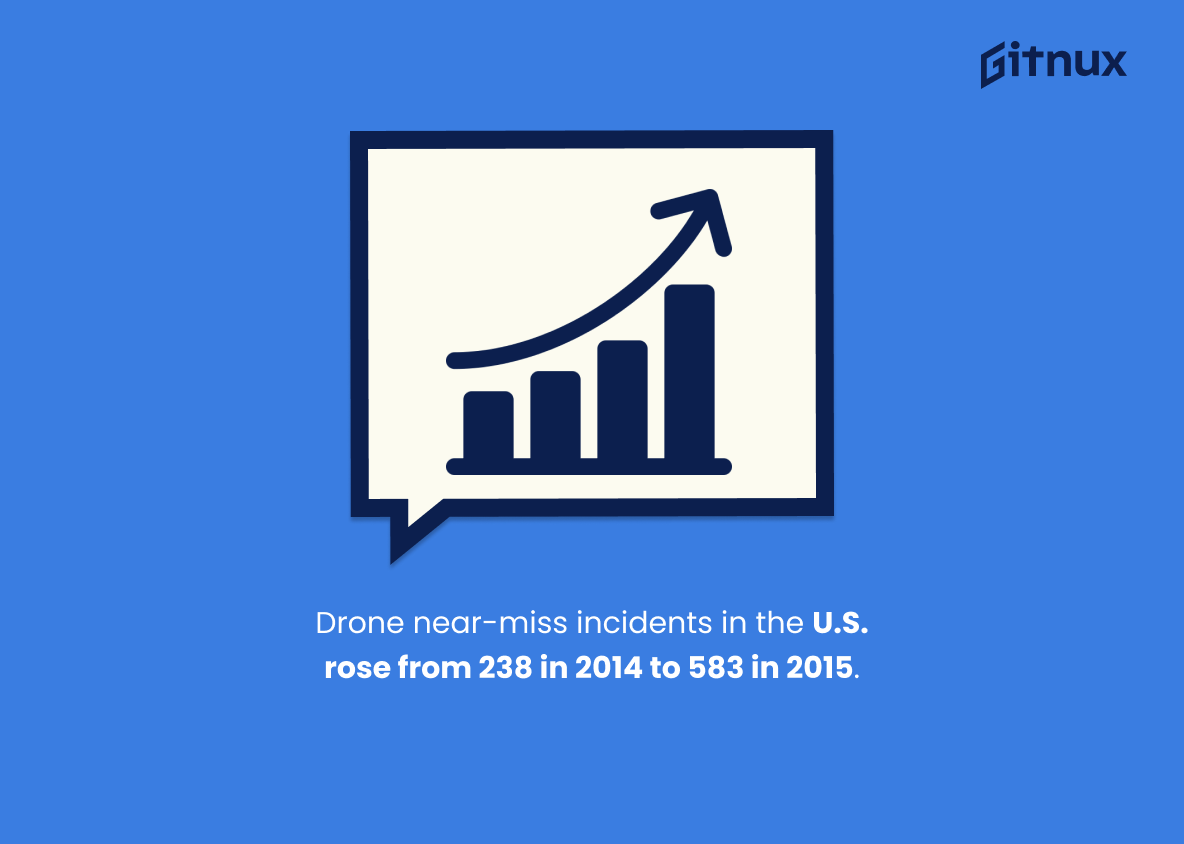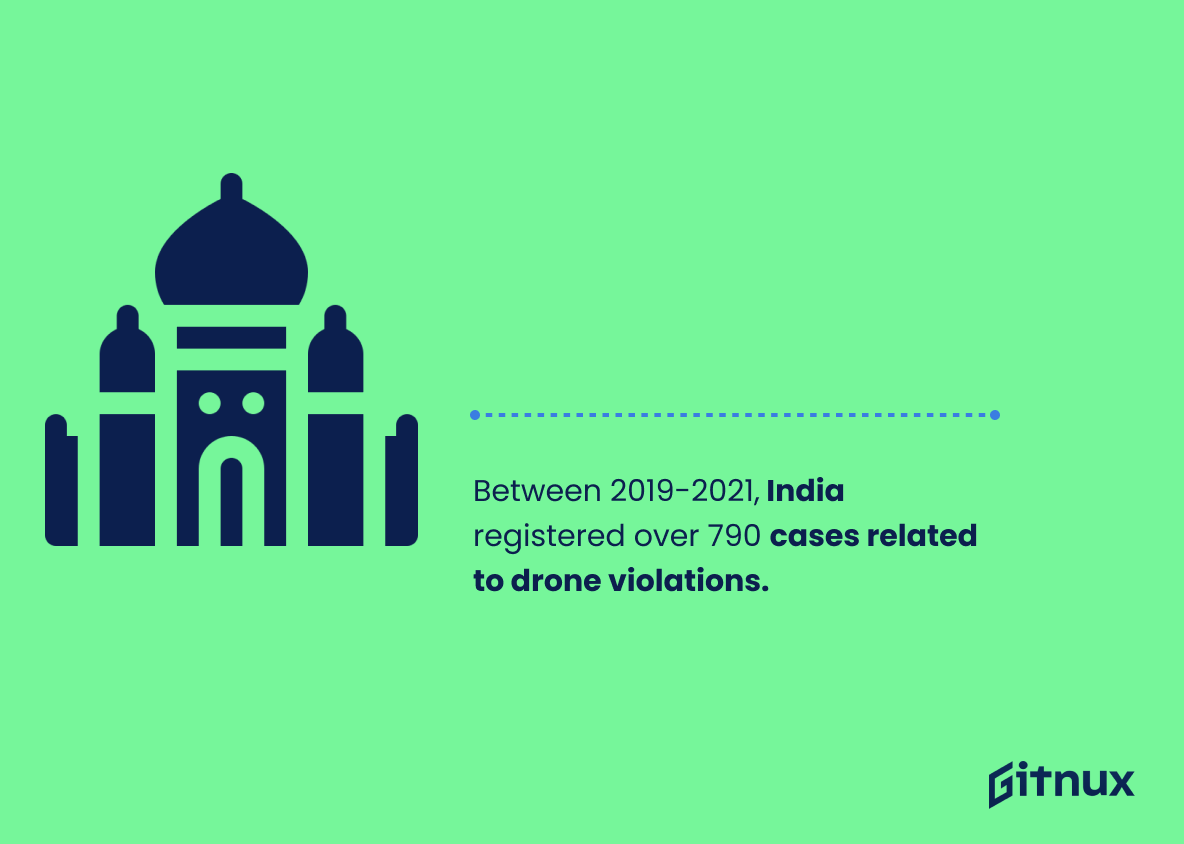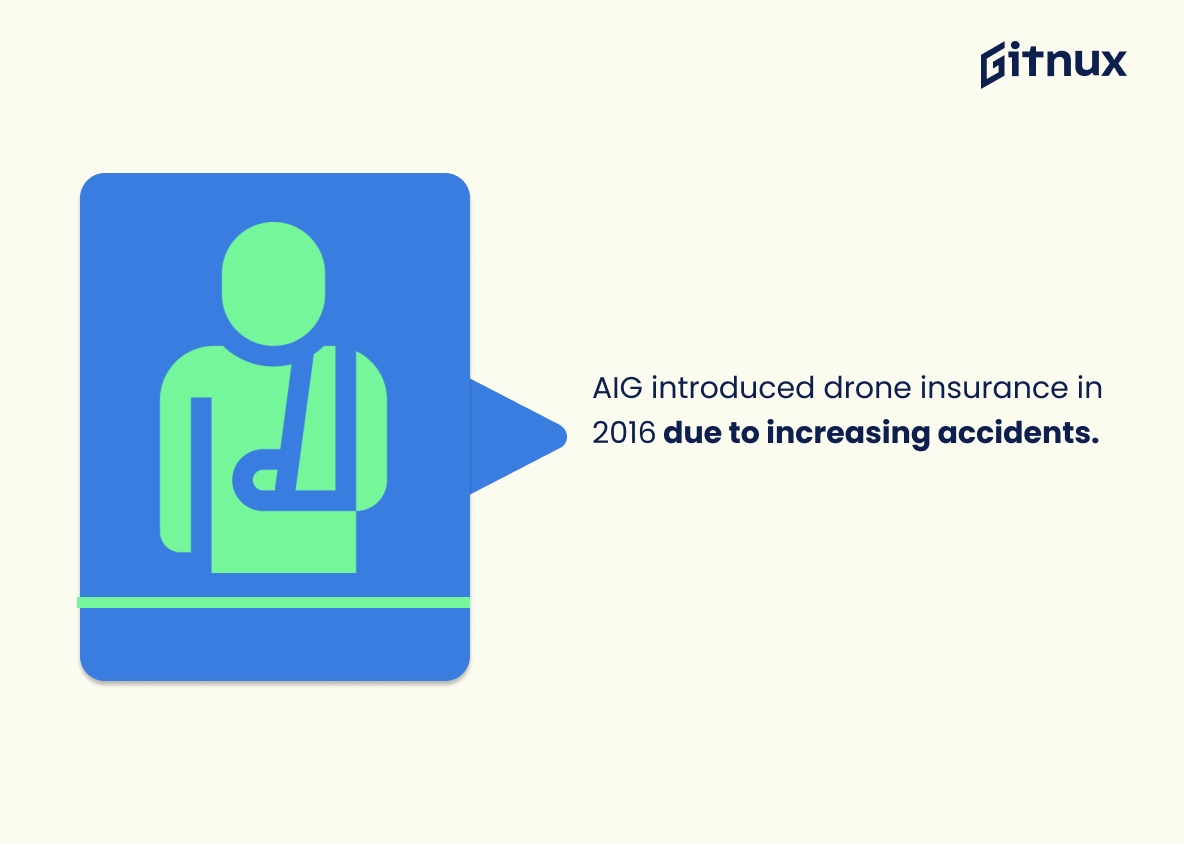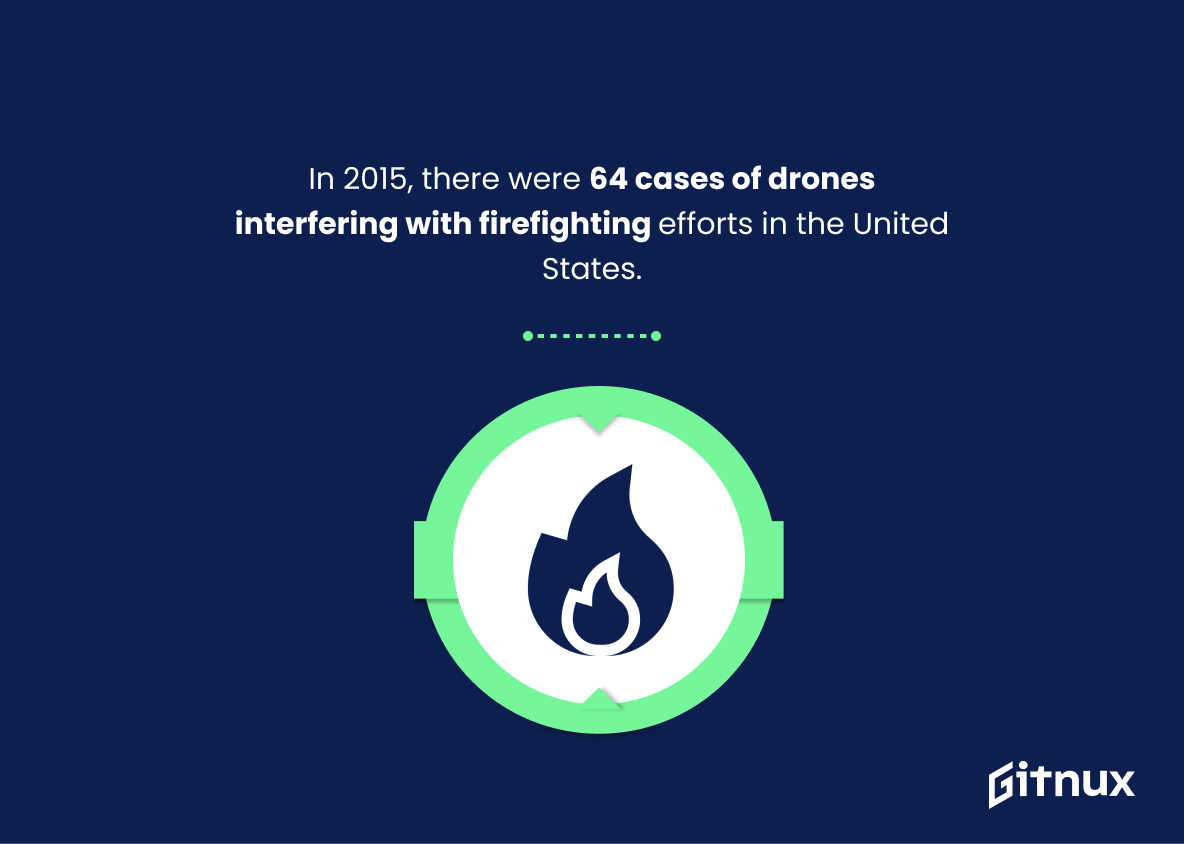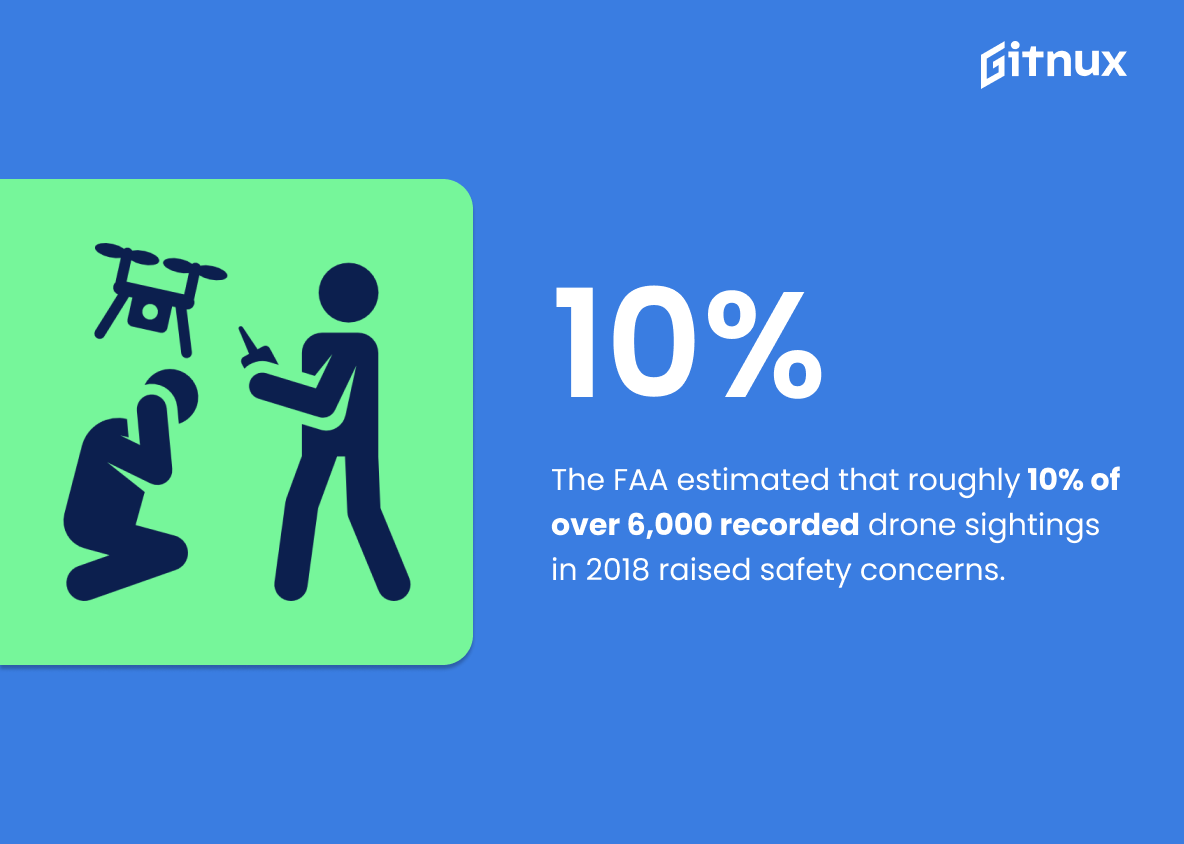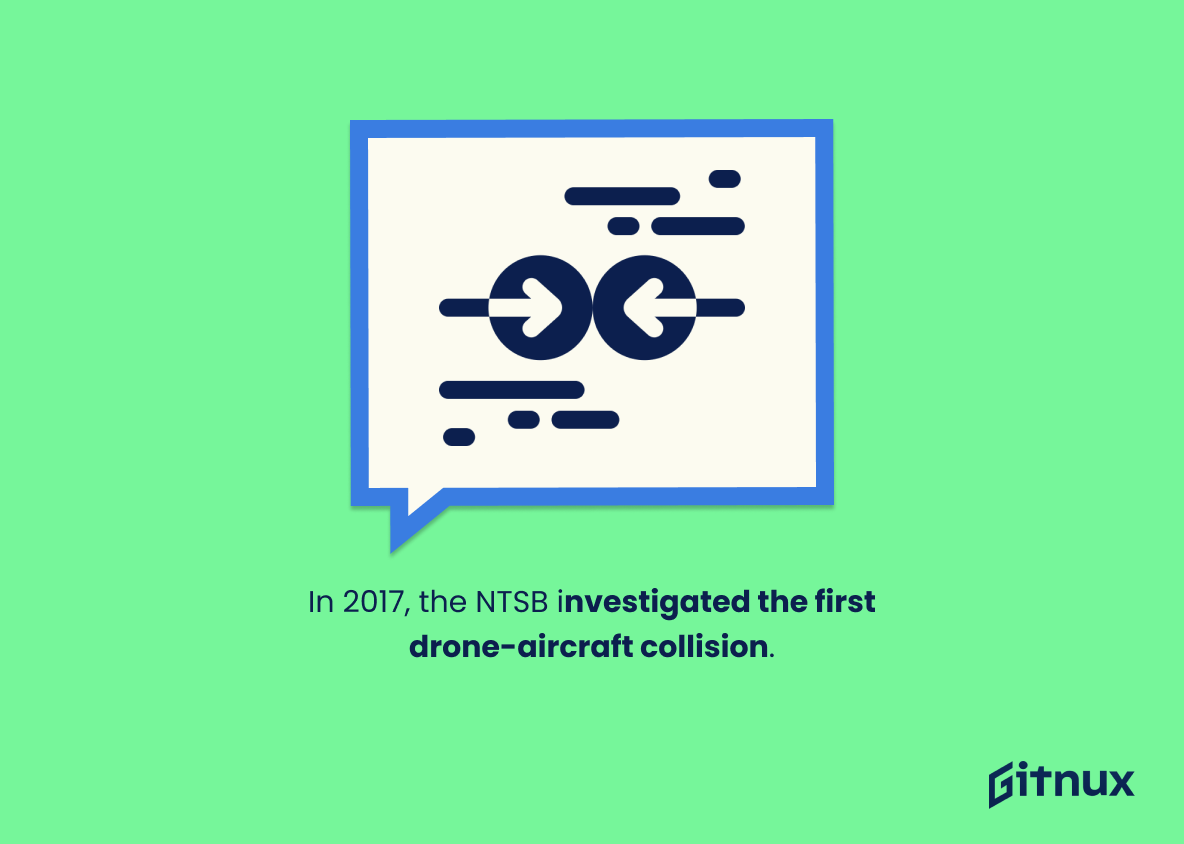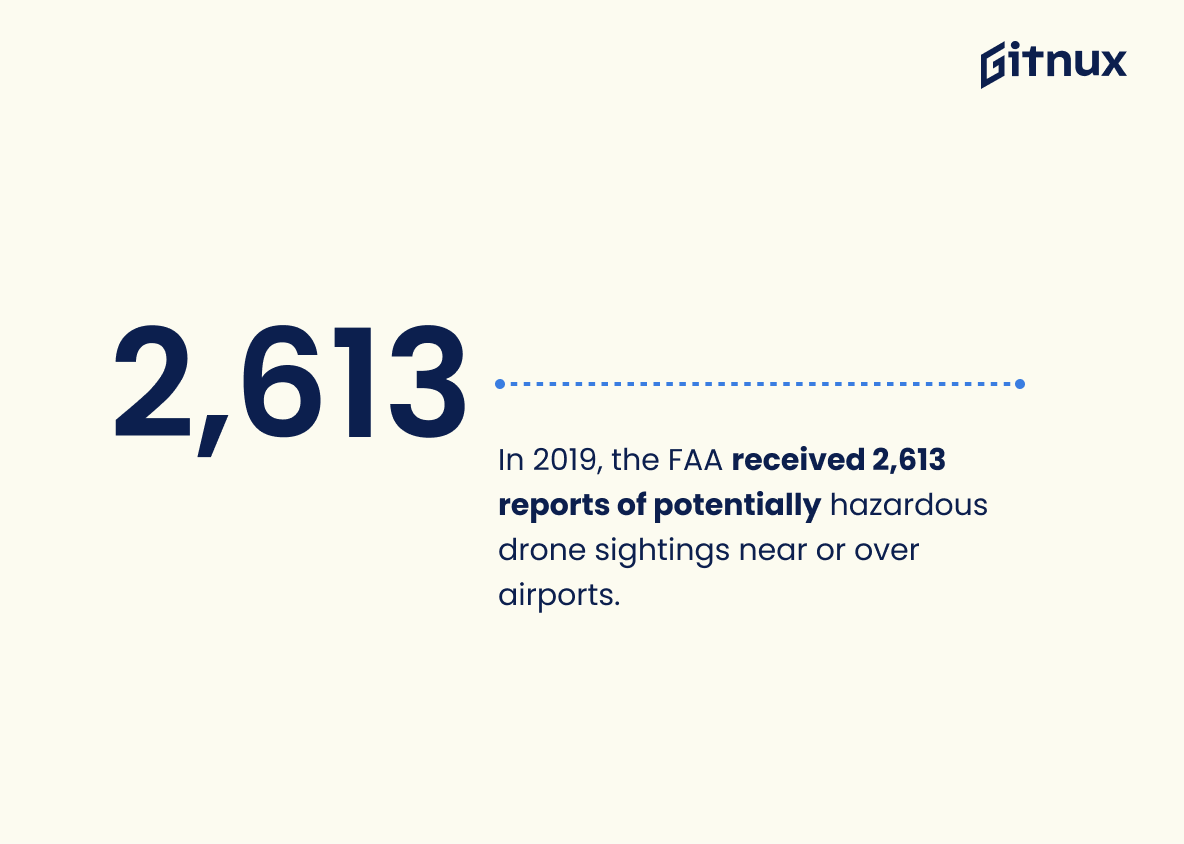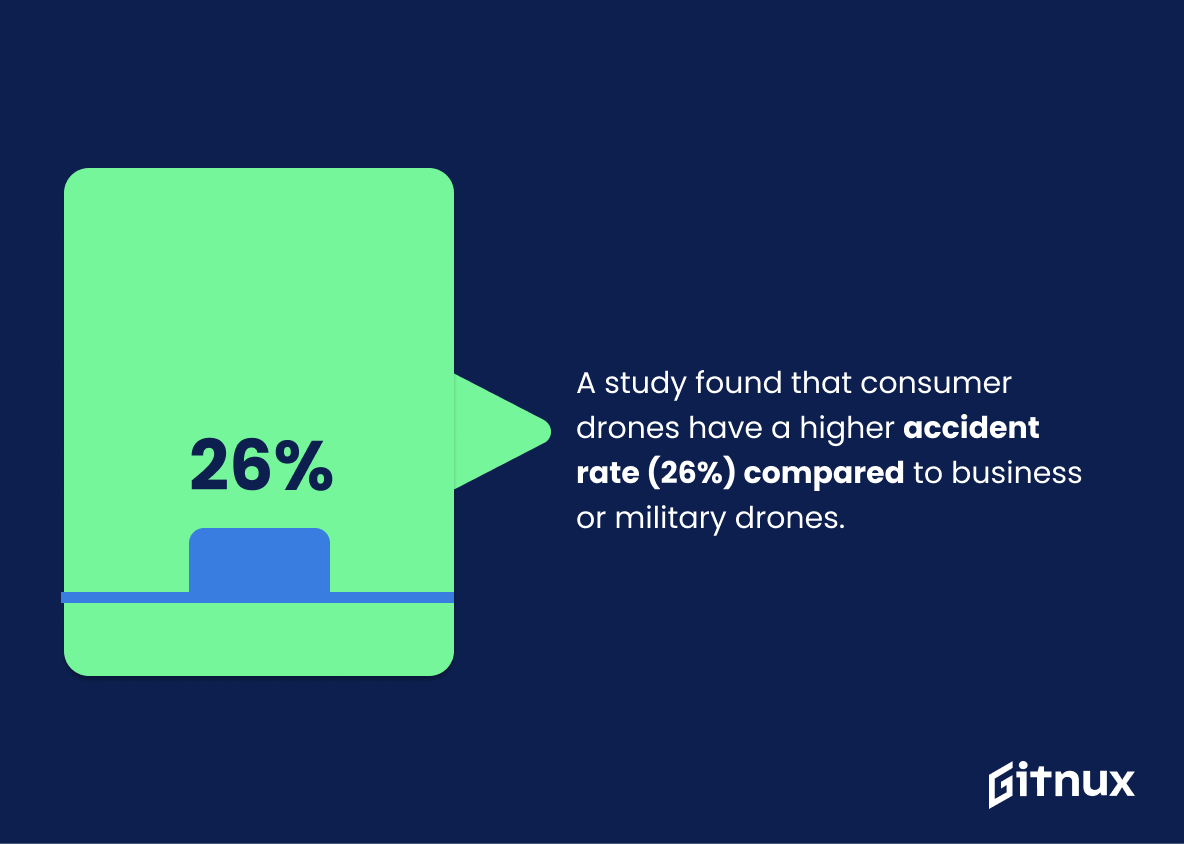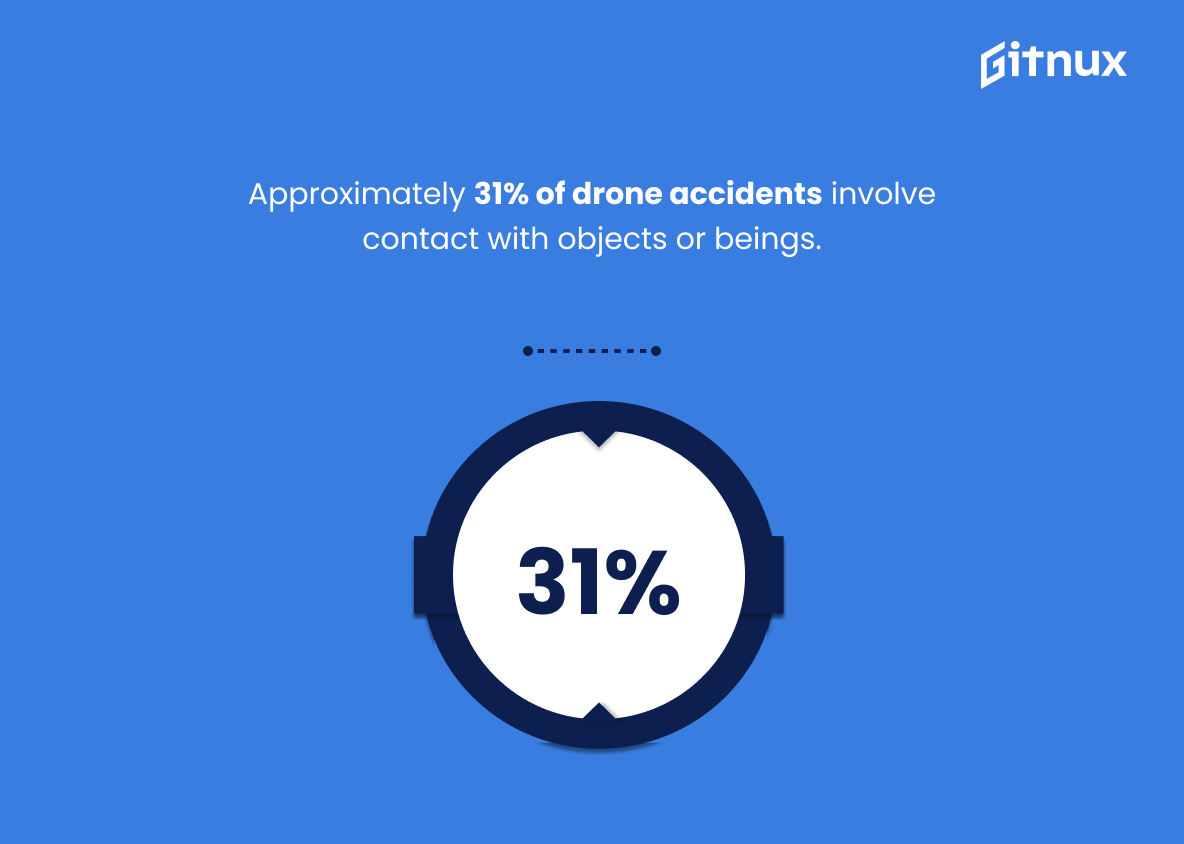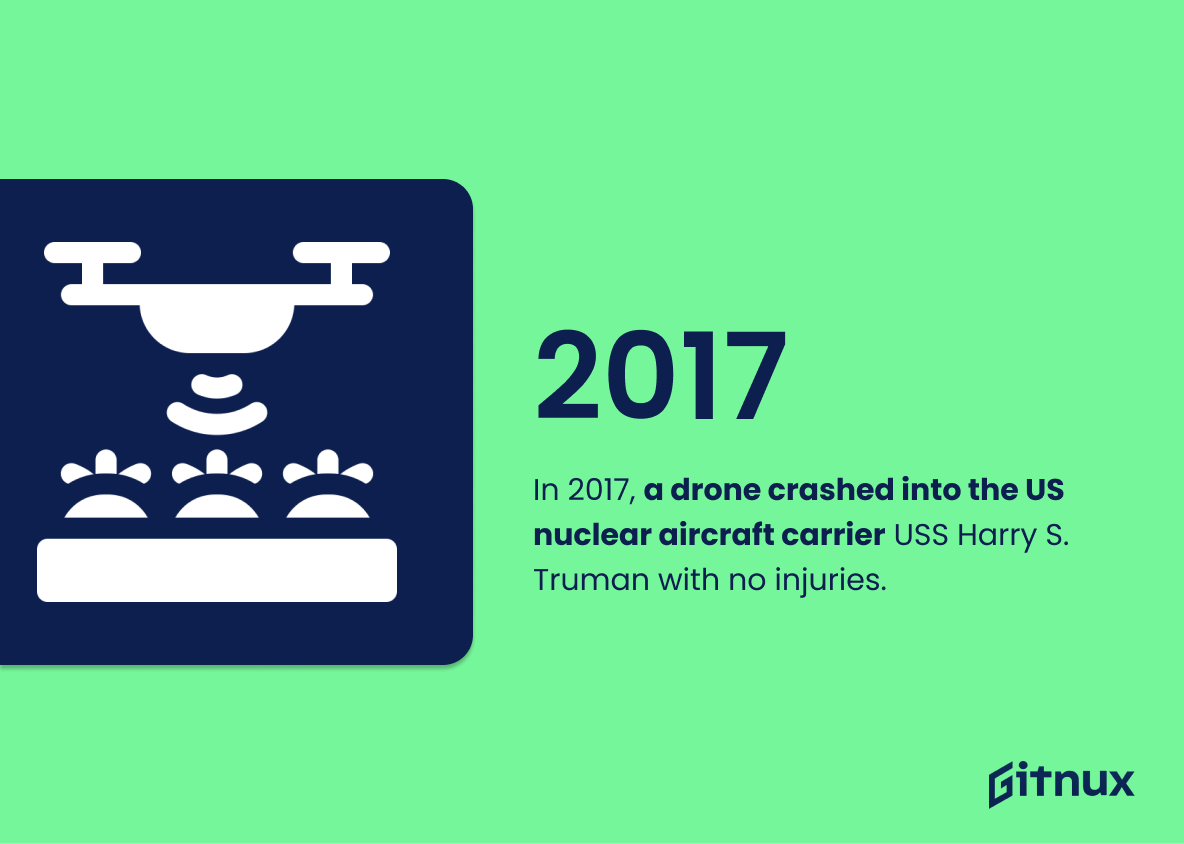The use of drones has become increasingly popular in recent years, with the Federal Aviation Administration (FAA) projecting around 835,000 commercial drones in the U.S. by 2025. Unfortunately, this rise in drone usage has also led to an increase in accidents and near misses involving aircrafts and other objects on the ground or air. In this blog post we will be looking at some statistics related to drone accident rates from different countries across the world such as India, Australia, Germany and more; including incidents where people have been injured due to a collision between a manned aircraft and an unmanned one. We’ll also discuss how insurance companies are responding to these increasing risks by offering specific products for drone users as well as what measures can be taken to reduce potential hazards associated with flying drones closeby airports or populated areas.
Drone Accident Statistics Overview
In 2014, there were 23 reported near misses involving drones and aircraft in the UK.
This statistic is a stark reminder of the potential danger posed by drones to aircraft. It highlights the need for greater regulation and safety measures to be put in place to ensure that the risk of a drone-aircraft collision is minimized. It also serves as a warning to drone operators to be aware of their surroundings and to take the necessary precautions when flying their drones.
The number of reported drone incidents involving near misses with aircraft in the United States increased from 238 in 2014 to 583 in 2015.
This statistic is a stark reminder of the potential danger posed by drones to aircraft. It highlights the need for increased safety measures and regulations to ensure that drone operators are aware of the risks and take appropriate precautions. The sharp increase in reported incidents in just one year is a cause for concern and should be taken seriously.
Between 2019-2021, India registered over 790 cases related to drone violations.
This statistic is a stark reminder of the potential dangers of drone misuse. It highlights the need for greater awareness and regulation of drone use, as well as the importance of understanding the risks associated with operating drones. It also serves as a warning to those who may be tempted to use drones without proper authorization or training.
With drone accidents on the rise, AIG launched an insurance product specifically designed for drone users in 2016.
This statistic is a testament to the growing prevalence of drone accidents, and the need for a specialized insurance product to protect drone users. It speaks to the importance of understanding the risks associated with drone use, and the need for adequate protection against potential accidents. AIG’s launch of an insurance product specifically designed for drone users in 2016 is a clear indication that the industry is taking the issue of drone accidents seriously.
In 2015, there were 64 cases of drones interfering with firefighting efforts in the United States.
This statistic is a stark reminder of the potential danger drones can pose to firefighting efforts. It highlights the need for greater regulation and safety measures to be put in place to ensure that drones do not interfere with the important work of firefighters. It also serves as a warning to drone operators to be aware of their surroundings and to take extra precautions when flying near areas where firefighting efforts are taking place.
The FAA estimated that about 10% of the more than 6,000 recorded drone sightings in 2018 involved potential safety concerns.
This statistic is a stark reminder of the potential safety risks posed by drones. It highlights the fact that, despite the many benefits of drone technology, there is still a need for caution when operating them. This is especially true when considering the fact that the number of drone sightings has increased significantly in recent years, meaning that the potential for accidents is also on the rise. As such, it is important to be aware of the potential risks associated with drones and take the necessary steps to ensure their safe operation.
In 2017, the National Transportation Safety Board investigated the first unmanned aircraft collision with a manned aircraft.
This statistic is a stark reminder of the potential danger posed by unmanned aircraft. It highlights the need for further research and safety measures to be taken to ensure that such collisions do not become a more frequent occurrence. It serves as a warning to those who operate drones, as well as those who may be in the vicinity of them, that the risk of a collision is real and should not be taken lightly.
The FAA received 2,613 reports of drone sightings near or over airports in 2019, which were potentially hazardous to aircraft.
This statistic is a stark reminder of the potential danger posed by drones near airports. It highlights the need for increased safety measures to ensure that drones do not interfere with aircraft operations. It also serves as a warning to drone operators to be aware of their surroundings and to take extra precautions when flying near airports.
According to a study, consumer drones have a higher rate of accidents than business or military ones, with 26% of all drone accidents involving consumer drones.
This statistic is a stark reminder of the potential danger posed by consumer drones. It highlights the need for greater safety measures when operating these devices, as well as the importance of educating users on the risks associated with their use. It also serves as a warning to those considering purchasing a consumer drone, that they should be aware of the potential for accidents and take the necessary precautions.
The majority of drone accidents, around 31%, involve contact or near contact with structures, people, animals, or vehicles.
This statistic is a stark reminder of the potential danger posed by drones. It highlights the fact that, despite their many benefits, drones can cause serious harm if not operated responsibly. It is a reminder that, when using drones, safety must be a top priority.
In 2017, a drone crashed into the US nuclear aircraft carrier, USS Harry S. Truman, but no one was injured in the incident.
This statistic is a stark reminder of the potential danger posed by drones. It highlights the fact that even the most secure and heavily guarded vessels are not immune to the risks associated with drone accidents. This serves as a warning to those who operate drones, as well as those who are in the vicinity of drones, to take the necessary precautions to ensure the safety of everyone involved.
Conclusion
From these statistics, it is clear that drone accidents are a growing concern around the world. The number of reported incidents involving drones and aircraft has increased significantly in recent years, as have cases of near misses with helicopters and other vehicles. In addition to this, there have been numerous reports of drones interfering with firefighting efforts or crashing into structures such as stadiums or ships. As technology advances and more people use drones for commercial purposes, safety measures must be taken to ensure that these devices do not pose any risk to public safety. Insurance products specifically designed for drone users can help protect against potential losses due to an accident while also providing peace of mind when operating a drone safely.
References
0. – https://www.www.faa.gov
1. – https://www.www.aig.com
2. – https://www.timesofindia.indiatimes.com
3. – https://www.www.researchgate.net
4. – https://www.aerospace.org
5. – https://www.www.businesswire.com
6. – https://www.www.ntsb.gov
7. – https://www.publicapps.caa.co.uk
8. – https://www.www.federalregister.gov
9. – https://www.www.baaqmd.gov
10. – https://www.fireaviation.com
11. – https://www.theaviationist.com

